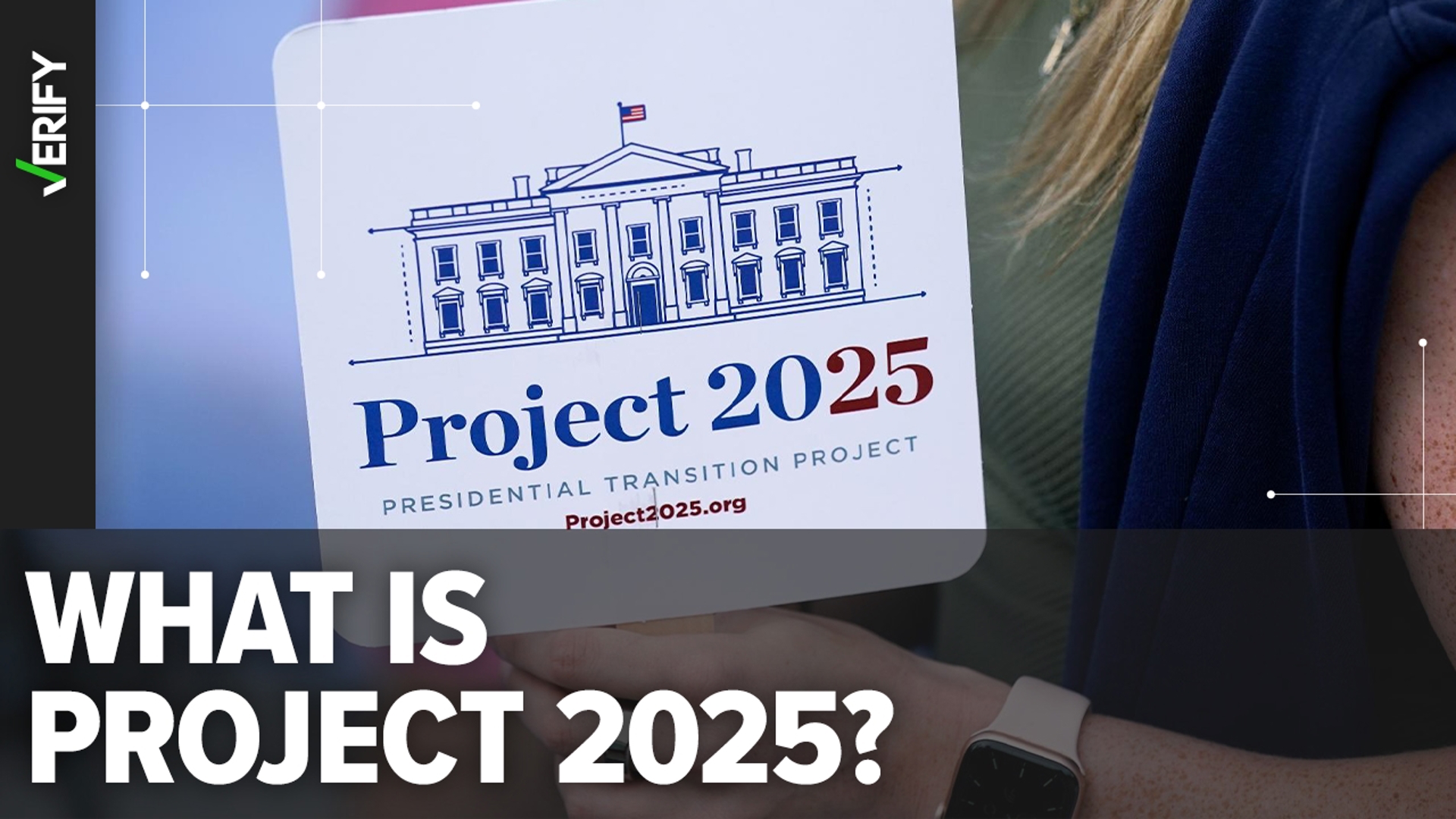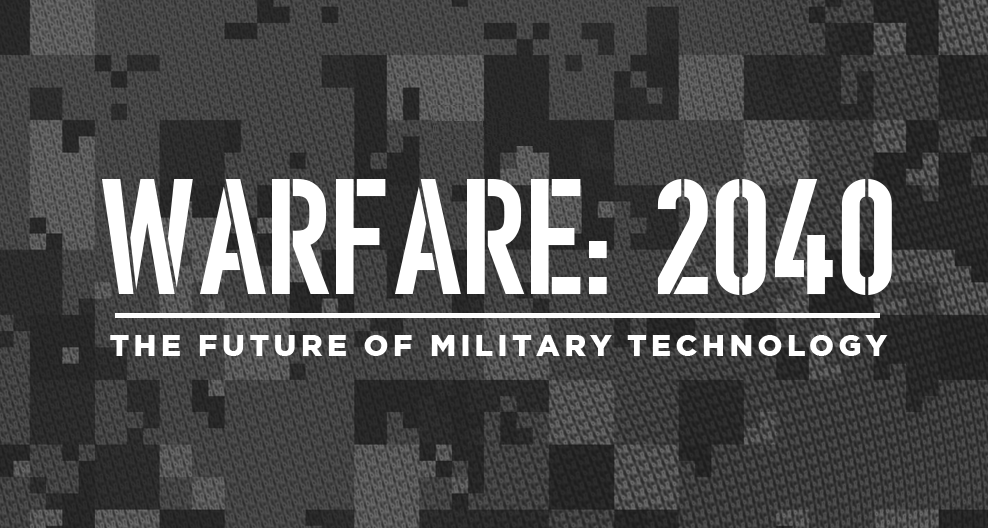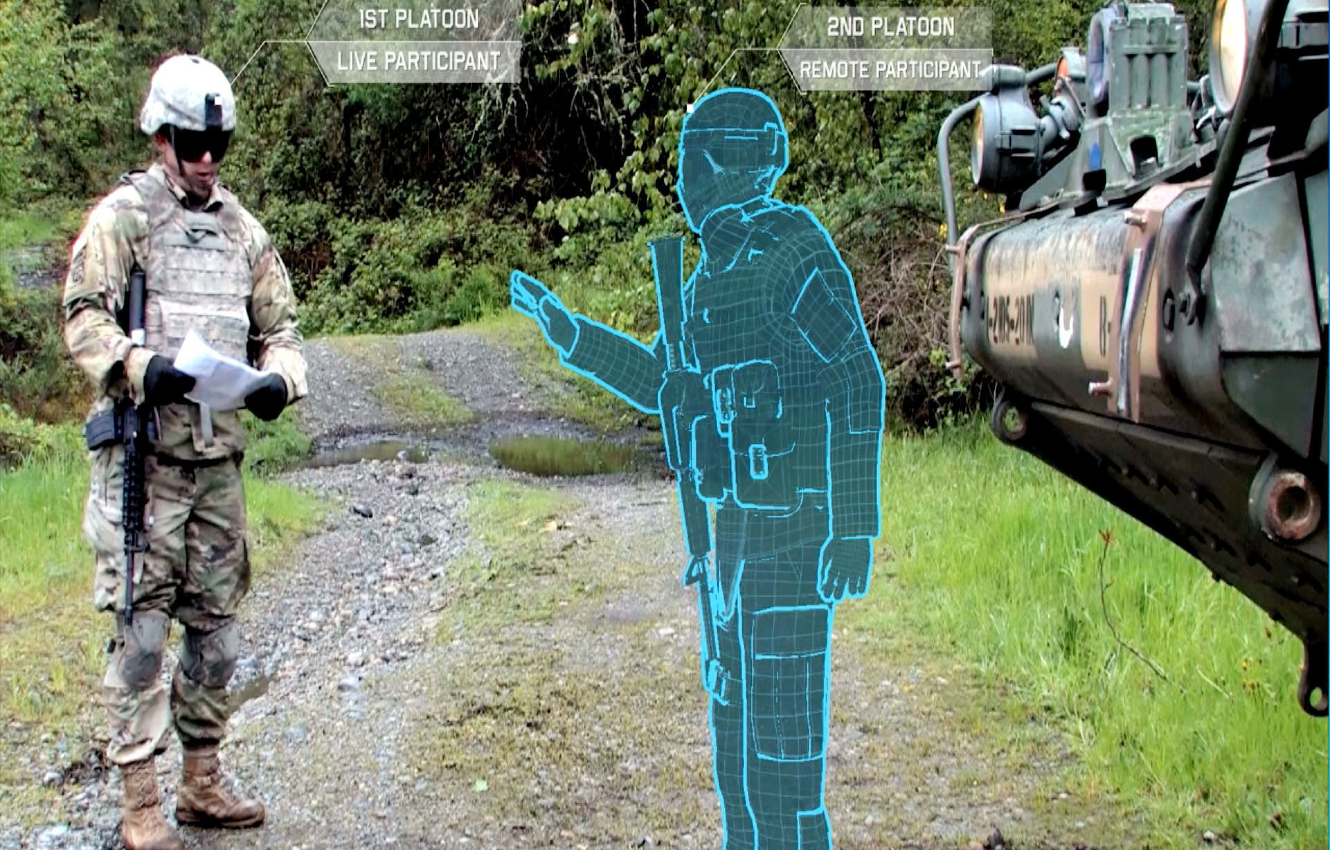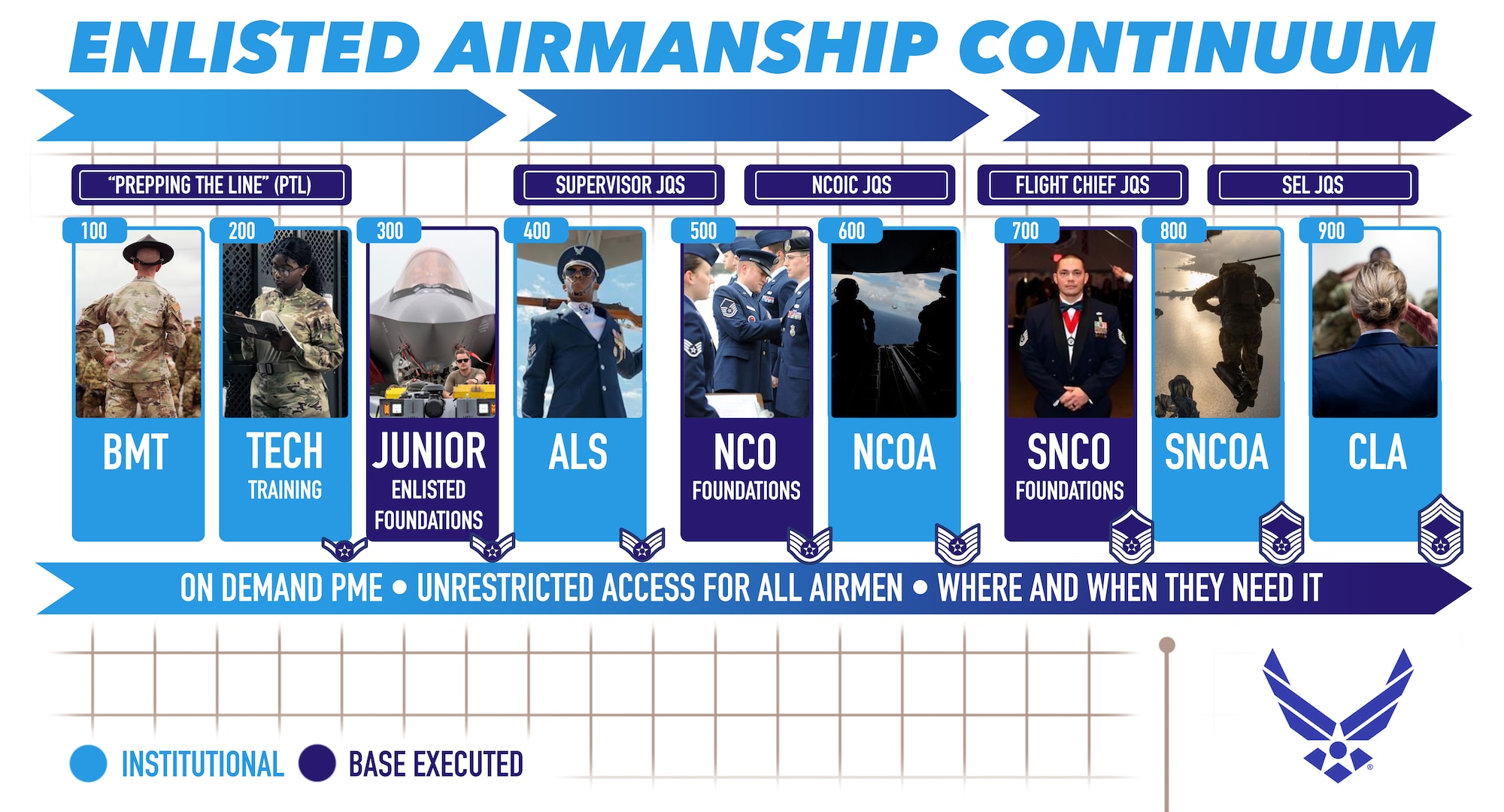Project 2025: Reimagining the Future of Military Service
Project 2025: Reimagining the Future of Military Service
Introduction
With enthusiasm, let’s navigate through the intriguing topic related to Project 2025: Reimagining the Future of Military Service. Let’s weave interesting information and offer fresh perspectives to the readers.
Table of Content

Project 2025: Reimagining the Future of Military Service
The year 2025 looms on the horizon, marking a potential turning point in the landscape of global defense. In anticipation of this pivotal year, numerous nations are engaging in comprehensive strategic reviews, analyzing their defense postures and exploring innovative approaches to ensure national security in a rapidly evolving world. One prominent theme emerging from these reviews is the re-evaluation of traditional military recruitment and service models, often referred to as "Project 2025." This initiative aims to address a confluence of challenges, including:
1. Shifting Demographics and Recruitment Challenges:
Modern societies are characterized by changing demographics, with shrinking birth rates and an increasingly diverse population. These trends present unique challenges for traditional recruitment models that often rely on a steady stream of young men entering service. Project 2025 seeks to address this by exploring more inclusive and flexible recruitment strategies, potentially incorporating elements like:
- Expanding eligibility criteria: This could include lowering age restrictions, expanding opportunities for women and minorities, and accommodating individuals with diverse backgrounds and skills.
- Developing new recruitment channels: Utilizing digital platforms, social media, and innovative outreach programs to reach a wider pool of potential recruits.
- Offering flexible service options: Introducing options like shorter service commitments, part-time service, and specialized skill-based training to cater to a wider range of individuals.
2. Evolving Technological Landscape:
The rapid advancement of technology is profoundly impacting the nature of warfare, demanding a workforce equipped with specialized skills and a deep understanding of complex systems. Project 2025 recognizes this shift and aims to:
- Prioritize technical training: Investing in robust training programs that equip recruits with the necessary skills in areas like cyberwarfare, artificial intelligence, robotics, and data analytics.
- Embrace technological integration: Adopting advanced technologies and integrating them seamlessly into military operations, creating a more agile and responsive force.
- Developing a future-proof workforce: Investing in continuous learning and upskilling programs to ensure that personnel remain relevant and adaptable in a rapidly changing technological landscape.
3. Adapting to New Threats and Challenges:
The global security environment is characterized by increasing instability, emerging threats like cyberattacks and hybrid warfare, and the rise of non-state actors. Project 2025 acknowledges these evolving challenges and aims to:
- Build a more versatile and resilient force: Developing operational capabilities that can effectively address a wider range of threats, including unconventional warfare and cyber-attacks.
- Strengthening partnerships and alliances: Fostering closer collaboration with international partners to address shared security concerns and ensure a coordinated response to emerging threats.
- Prioritizing preparedness and resilience: Investing in preparedness measures, including robust cyber defenses and disaster relief capabilities, to mitigate the impact of future crises.
Project 2025: Addressing Key Concerns
While the vision of Project 2025 offers a compelling roadmap for adapting to the future of defense, it also raises legitimate concerns that must be addressed:
- Maintaining Operational Effectiveness: Introducing diverse recruitment strategies and flexible service options must be carefully managed to ensure that the military retains its core operational effectiveness and combat readiness.
- Ensuring Fair and Equitable Service: Expanding eligibility criteria and introducing new recruitment channels must be implemented with fairness and equity, ensuring that all individuals have equal opportunities to serve and contribute.
- Balancing Technological Advancement with Human Considerations: While embracing technological advancements is crucial, it is essential to ensure that human considerations remain central to military operations, prioritizing ethical considerations and safeguarding the well-being of personnel.
FAQs Regarding Project 2025
Q: What is the specific timeline for Project 2025?
A: The term "Project 2025" is a general concept, and the specific timeline and implementation strategies vary significantly between nations. Some countries may be implementing aspects of this vision more immediately, while others may have longer-term plans.
Q: Will Project 2025 lead to a reduction in traditional military service?
A: The impact on traditional military service is not uniform across nations. Some countries may see a reduction in traditional service commitments as they explore alternative models, while others may maintain a strong emphasis on traditional service alongside new initiatives.
Q: How will Project 2025 impact the role of women in the military?
A: Project 2025 is expected to lead to greater opportunities for women in the military, with an emphasis on inclusivity and diverse representation. However, the specific impact will depend on individual nations and their respective policies.
Q: Will Project 2025 lead to a shift in the focus of military operations?
A: Project 2025 is likely to lead to a shift in focus, with a greater emphasis on technological capabilities, cyberwarfare, and unconventional threats. However, traditional military operations will likely remain an important component of defense strategies.
Tips for Implementing Project 2025
- Prioritize Strategic Planning: Developing a comprehensive strategic plan that outlines clear goals, objectives, and implementation strategies is essential for successful implementation.
- Foster Collaboration and Partnerships: Engaging with stakeholders across government, industry, and academia is crucial for developing innovative solutions and ensuring a coordinated approach.
- Invest in Training and Development: Investing in robust training programs that equip personnel with the skills needed for the future of defense is critical for success.
- Promote Open Communication and Transparency: Open communication and transparency with the public regarding the goals, objectives, and potential impacts of Project 2025 are essential for building public trust and support.
Conclusion
Project 2025 represents a pivotal moment in the evolution of military service, reflecting the need to adapt to changing demographics, technological advancements, and evolving security threats. Implementing these changes effectively will require careful planning, strategic investment, and a commitment to continuous innovation. By embracing the principles of Project 2025, nations can build a more resilient, adaptable, and future-proof defense posture, safeguarding their interests and ensuring security in an increasingly complex world.







Closure
Thus, we hope this article has provided valuable insights into Project 2025: Reimagining the Future of Military Service. We appreciate your attention to our article. See you in our next article!
